Artist, David Parker discusses his work. Interesting and informative, there is more to his art than meets the eye.
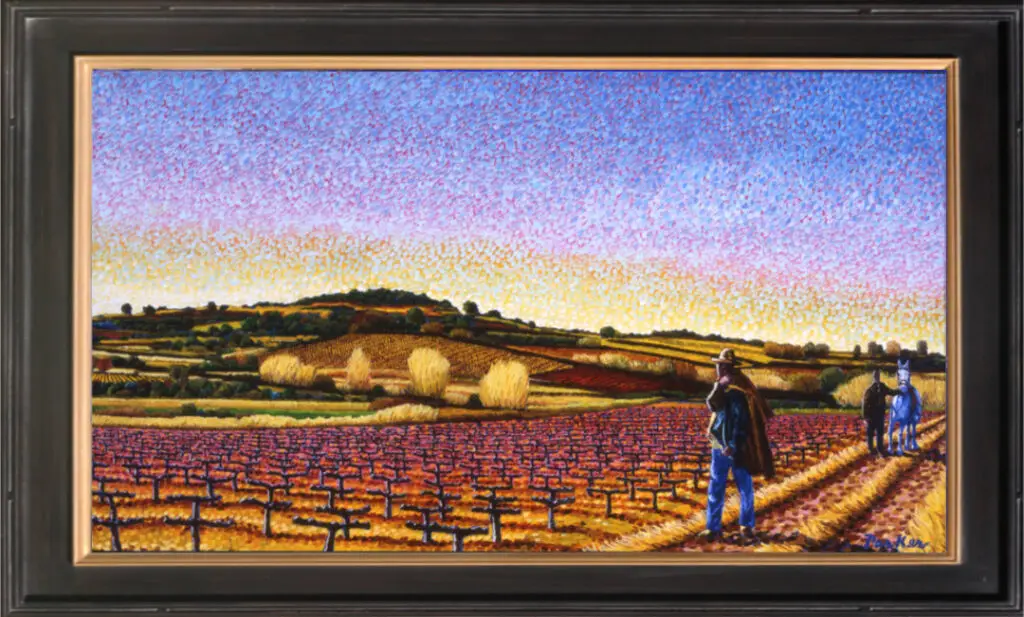
Why am I an Impressionist?
I grew up in an artistic family. My mother, Eilleen Doolittle, (The Poet Painter, Newsweek), had me copying Degas by the time I was 8.
The art I’ve always found most appealing were the works of Monet, Van Gogh, Gauguin, Degas, Klimp, Charles Russell, and other masters of Impressionism.
When I first decided to paint full-time, my Dear Grandfather told me, “You better learn how to paint a horse before I see any circles or squiggles.” Curiously, that one statement gave me the idea to use traditional impressionism to convey abstract thoughts, which is what I’ve been endeavoring to do my entire career.
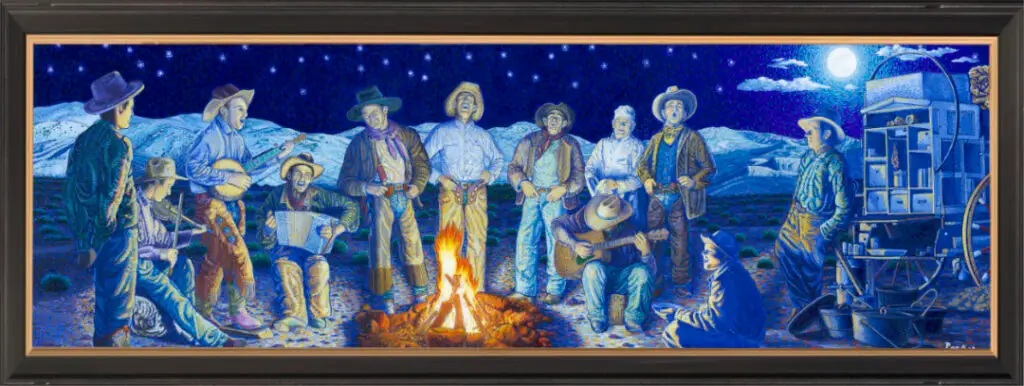
First and foremost, I am a Colorist.
I use the vibrant primary colors of my trademark palette to positively influence human emotions. What I’m doing is attempting to create compositions that engage the observer’s eyes long enough for my colors to seep into their psyche and make them smile.
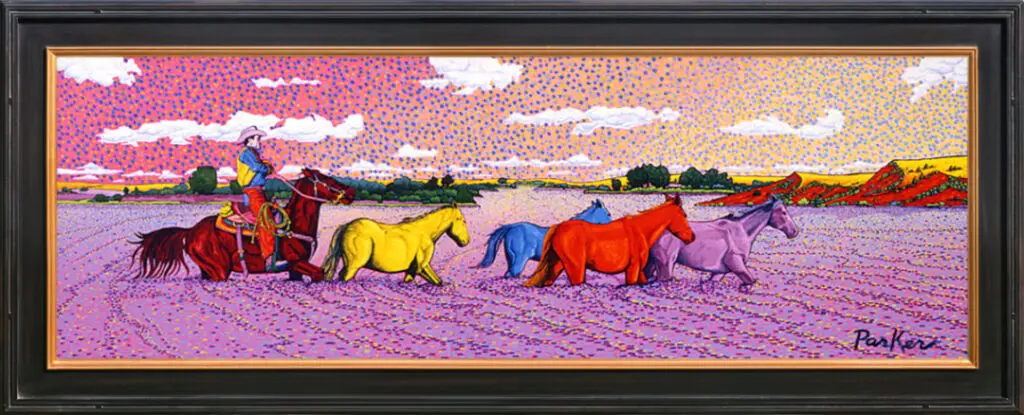
Pointillism
I use this technique for several very specific reasons.
By stacking color on top of color, I’ve found that my paintings change as the light in the room changes. Hence, my work has a living, ever-changing dynamic. The effect is subtle but compelling.
I believe the energy put into the creation of a work of art is then reflected. My painting technique allows the viewer to see each and every of the thousands and thousands of brush strokes I use to build my paintings. It is my hope that the immense effort I put into the creation of each of my paintings is then captured, reflected, and becomes an expression of my passion.
Stylistically, I’ve been told my work is recognizable from a mile away. This is a rarity in the art world, and a distinction I think is important. Art is synonymous with creativity, and I think creativity is defined by uniqueness.
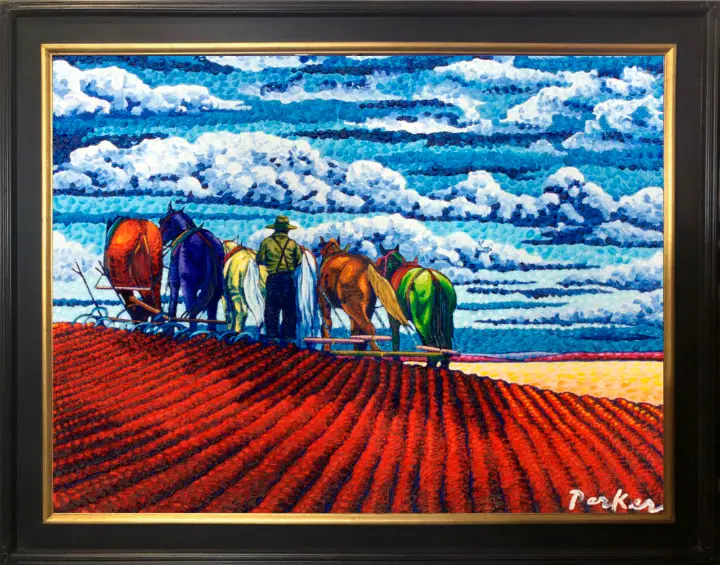
Subjects
I used to say, “I don’t care what I paint, as long as I am painting.”
In reality, that’s not true. I actually take great care in the selection of my subjects. I intend my art to convey messages and my subjects are essentially important elements assisting me in making my metaphorical statements.
Harmony, Serenity, Contentment, and Appreciation, are somewhat abstract concepts. When selecting a subject, I first start by asking myself what message I wish to convey. Then, my own experiences come into play, i.e. things I’ve seen that I think are lovely, or perhaps might be appropriate. Next, my imagination just goes to work, and the right image forms in my mind’s eye.
Of course, I do research, look at what other artists have done, shoot pictures, and generally keep an information flow going constantly so I have a foundation from which to create from.
I guess, in general, I paint from life experiences, which I think is a good thing. If anything, I do strive to keep life interesting, and even sometimes adventurous.
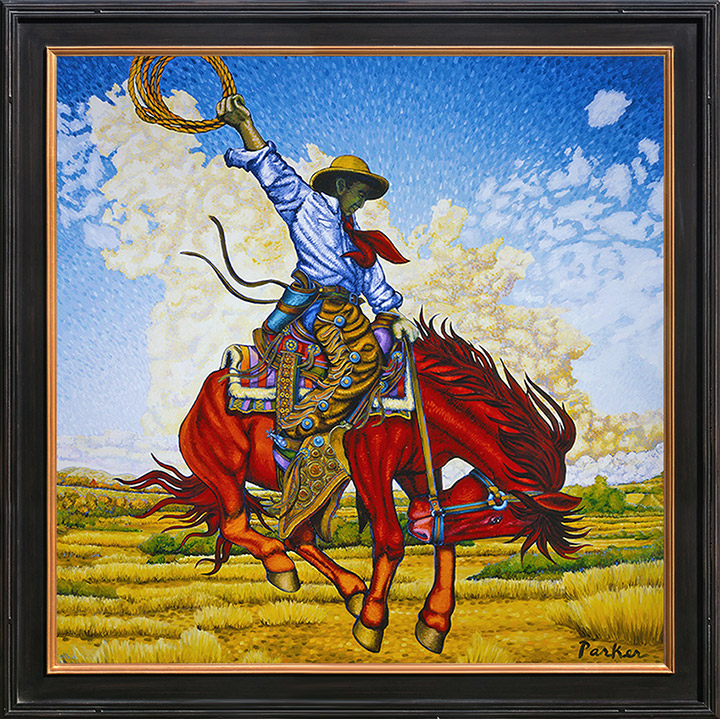
Compositions
When composing, I start with traditional structures. I know the western eye is trained to read imagery from the upper left to the lower right, which makes creating a visual diagonal so important.
I also find divisions of spaces into thirds to be somehow more aesthetically pleasing.
Nevertheless, I do tend to go deeper. I’ve found the human eye is drawn to points of maximum luminescence, so I extrapolate on traditional composition theories and then move the observer’s eyes around the painting with pieces of light.
It’s not mathematical, but more intuition. At this point, I can look at a composition and tell whether it’s going to work or not.
With that said, I still do paint a real lemon or two occasionally. I start a piece, and just see it’s not working, and sometimes scrap it, or change it, or just burn the canvas.
That’s what I find interesting about art, it’s not easy, it’s a constant learning experience, and it is challenging, which is what I love about it.
There’s more to my thoughts and theories, so if interested, please feel free to reach out. I’d love to hear from you. Either email me at parker@parkerart.com, or just call: (860) 215-6052.
Cheers and kind regards, David